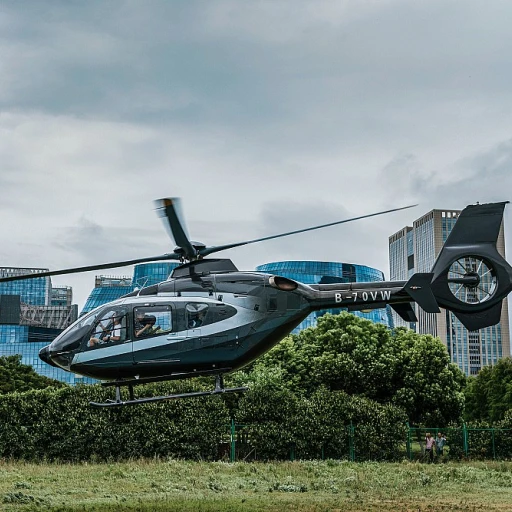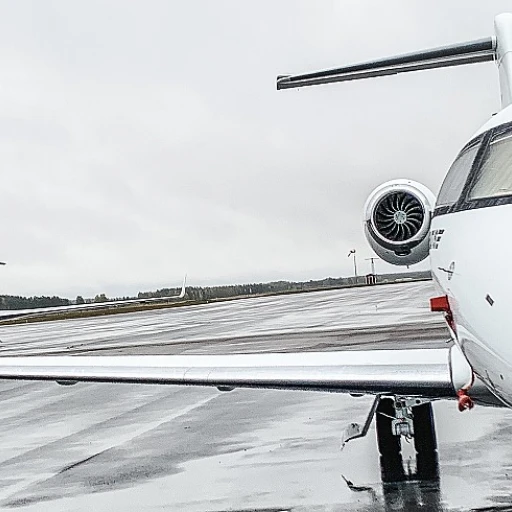
Understanding the Appeal of Historical Jets
Captivating Enthusiasts and Investors
The allure of rare historical jets lies in their unique blend of aviation history and technological achievement, making them prized possessions for both enthusiasts and investors alike. For those considering a strategic asset that combines luxury and historical significance, historical jets offer a captivating proposition filled with potential. The market for these unique aircraft is often driven by the stories they carry—from the wars they have served in to the technological advancements they represent. An appealing aspect of acquiring such jets is the tangible connection to pivotal moments in history. The jet itself acts as a testament to the progress and challenges faced by the aviation industry. In addition to being a remarkable conversation piece, these rare aircraft can also serve as lucrative investment opportunities. Historical jets are not only appreciated for their vintage charm but also for their scarcity, a factor that can significantly increase their market value over time. While the valuation aspect will be thoroughly explored elsewhere, it's important to note that appreciation and rarity are typically correlated, providing a promising foundation for potential investors. For those interested in exploring such exquisite aviation collectibles, diving into the dynamic world of private aviation could be a rewarding journey. The historical significance can further be enhanced by newer models as well. For example, understanding the popularity of specific aircraft types, such as through an exploration of the versatility of the Cessna Conquest II, may provide helpful insights into market trends and valuation of private jets.Market Trends and Valuation
Analyzing the Current Market Dynamics
In recent years, the market for rare historical jets has experienced a notable uptick in interest, driving significant discussions among aviation enthusiasts and investors alike. While the allure of owning a piece of aviation history is undeniable, discerning the market trends and valuation is crucial for any potential investor seeking to capitalize on their investment. Recent reports in aviation publications highlight a marked increase in auctions and private sales of vintage jets, suggesting a growing appetite among collectors for these unique assets. These reports underscore the increasing competition in the market, which often drives up prices. When considering an investment in historical jets, it's important to acknowledge several key factors that can influence market valuation:- Rarity and Provenance: The rarity and provenance of a jet significantly impact its value. Historical documentation, previous ownership, and unique design features can elevate the worth of these aircraft.
- Condition and Restoration: The condition of the jet, whether it remains in its original state or has been restored, directly affects its market price. Identifying a well-preserved specimen can command premiums.
- Historical Significance: Jets with notable roles in historical events or used by prominent figures often boast higher value due to their storied past.
Challenges in Acquiring Historical Jets
Overcoming the Hurdles of Acquiring Historical Jets
Acquiring a rare historical jet is not just about having the financial means; it involves navigating a complex web of challenges. These aircraft, often steeped in aviation history, come with their own set of unique hurdles that potential buyers must be prepared to tackle.
Firstly, the price of these jets can be a significant barrier. The market for historical jets is niche, and prices can vary dramatically based on the aircraft's provenance, condition, and rarity. It's crucial to conduct thorough research and possibly consult with experts in aircraft sales to understand the true value of a jet before making a purchase.
Another major challenge is the aircraft's damage history. Older jets often have extensive records logbooks detailing past repairs and maintenance. Prospective buyers should meticulously review these documents to identify any red flags that could indicate potential issues. Engaging with a reputable repair station or a specialist in older business jets can provide valuable insights into the aircraft's condition.
Moreover, the process of acquiring a historical jet involves navigating various legal and regulatory hurdles. Compliance with today aviation standards is essential, and this often requires significant paperwork and due diligence. Buyers must ensure that the jet meets all necessary safety and operational standards, which can be a time-consuming process.
Finally, the availability of parts and expertise for maintenance and repairs can be a limiting factor. As these jets age, finding replacement parts or skilled technicians familiar with older models can be challenging. This is where companies like Platinum Fighter Sales or Courtesy Aircraft can be invaluable, offering specialized services in the restoration and maintenance of warbirds and other historical jets.
In summary, while the allure of owning a piece of aviation history is undeniable, the path to acquiring a historical jet is fraught with challenges. Prospective buyers must be prepared to invest time, effort, and resources into overcoming these hurdles to ensure a successful acquisition.
Maintenance and Preservation
Ensuring Longevity and Authenticity of Your Heritage Investment
Investing in rare historical jets demands not only a passion for aviation history but also a commitment to meticulous maintenance and preservation. To uphold the value and authenticity of these collector's items, understanding the intricacies involved in their upkeep is crucial. Maintaining a historical jet involves a multifaceted approach:- Preservation Techniques: Given their age and rarity, historical jets often require specific preservation methods. Techniques need to be carefully selected to maintain the aircraft's authenticity. It includes the use of period-accurate materials and methods during refurbishment processes.
- Expertise on Demand: Consulting with aviation experts who specialize in vintage aircraft is essential. These professionals provide valuable insights and ensure both historical accuracy and regulatory compliance.
- Customization and Originality: While some owners opt for functional upgrades, it's pivotal to balance modernization with originality. Deviating too much from the authentic design can diminish the jet's historical value.
- Regular Inspections: Regular inspections and meticulous maintenance schedules prevent deterioration. Scheduled check-ups address both mechanical issues and prevent structural wear, extending the aircraft's lifespan.
- Parts and Components: Sourcing authentic parts can be challenging. Collaborating with specialized suppliers or engaging in custom manufacturing processes might be necessary to secure the right components that match the original specifications.
Case Studies of Successful Investments
Success Stories in Historical Jet Ownership
Investing in rare historical jets can be a lucrative venture for those who navigate the market wisely. While the previous sections highlight the intricate challenges and market trends, real-world examples offer invaluable insights into how some investors have found success. One of the key elements of prosperous historical jet investments is a deep understanding of the jet's historical context and significance. Collectors who have achieved impressive returns often do so by acquiring models with esteemed heritage or significant innovation milestones. Jets that played pivotal roles in iconic historical events or were part of groundbreaking aviation technology developments tend to garner more interest and, consequently, higher valuations. Moreover, savvily investing collectors often acquire their jets during economic downturns or when market sentiment towards aircraft collectibles is subdued, allowing them to secure prime models at a reduced cost. They then capitalize on changing market dynamics or increased public interest in aviation history to sell their assets at a premium. Another factor contributing to successful investments is the careful and dedicated maintenance of these historical jets. Maintaining an aircraft in pristine, operational condition can significantly increase its value. Investors who are meticulous with maintenance and preservation – embracing both technical preservation and aesthetic restoration – often see their jets appreciate in value over time. It requires a combination of technical knowledge, skilled artisans, and access to authentic spare parts, which links back to the challenges of acquiring and maintaining historical jets. Buying into the right network is also crucial. Successful investors often engage with enthusiast communities and participate in aviation exhibitions, welcoming not only potential buyers but also recognizing value drivers and appreciating new market trends. These examples demonstrate that while historical jet ownership requires significant commitment and knowledge, it can also offer rewarding returns for those dedicated to mastering the art and science of this unique investment niche.Future Outlook for Historical Jet Investments
Gazing Ahead: The Investment Horizon
Exploring the potential future of historical jet investments, it's important to keep in mind that the appreciation in value of such assets is often influenced by a myriad of factors. Here are several considerations that may shape the market in the years to come:- Increasing Interest in Vintage Aviation: As public fascination with vintage aviation continues to grow, more affluent collectors might enter the market, driving demand and potentially increasing valuations. This trend mirrors what has occurred in classic car markets.
- Technological Advancements in Preservation: As discussed in the maintenance and preservation section, ongoing improvements in restoration technologies could enhance the appeal of investing in historical jets, offering better avenues to maintain these intricate machines.
- Global Economic Conditions: Similar to other luxury and collectible markets, fluctuations in the global economy can impact the financial performance of historical jet investments. Economic downturns may dampen the market, while periods of prosperity might enhance it.
- Regulatory and Legal Considerations: Changes in aviation laws or regulations could affect the ease of ownership and operation of these vintage aircraft, influencing their desirability and value.
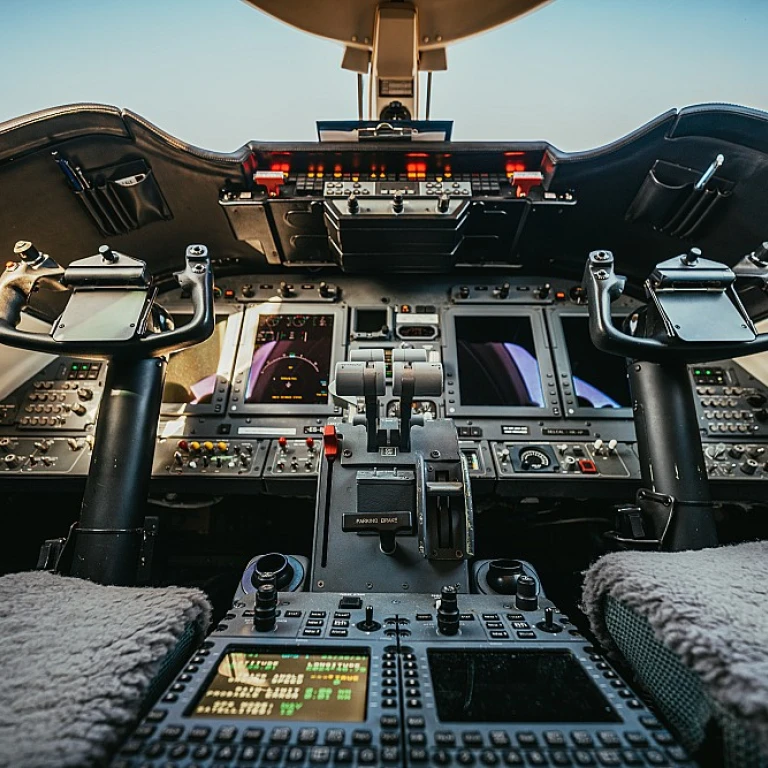
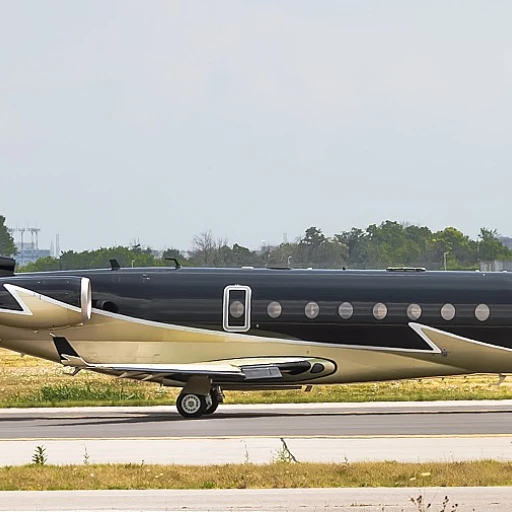


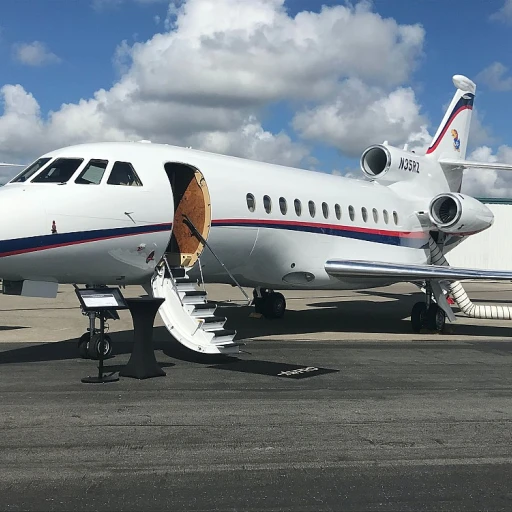

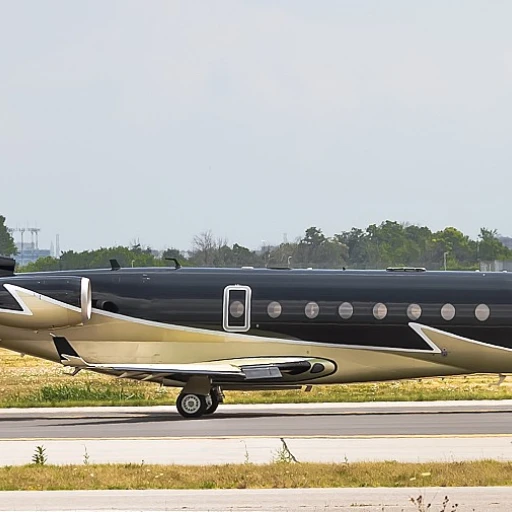

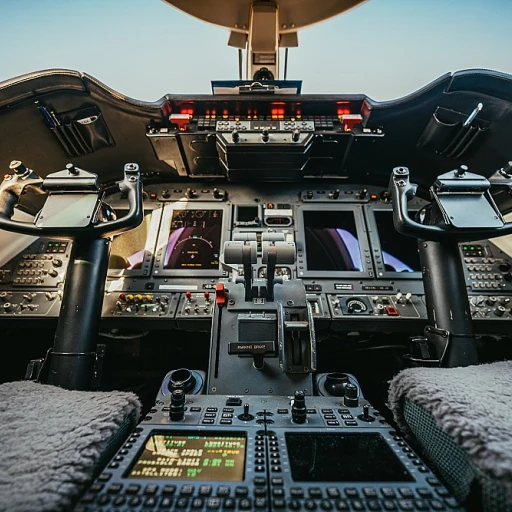
-large-teaser.webp)


